Affiliate links on Android Authority may earn us a commission. Learn more.
Sony Alpha A7C: Everything you need to know about the mirrorless camera
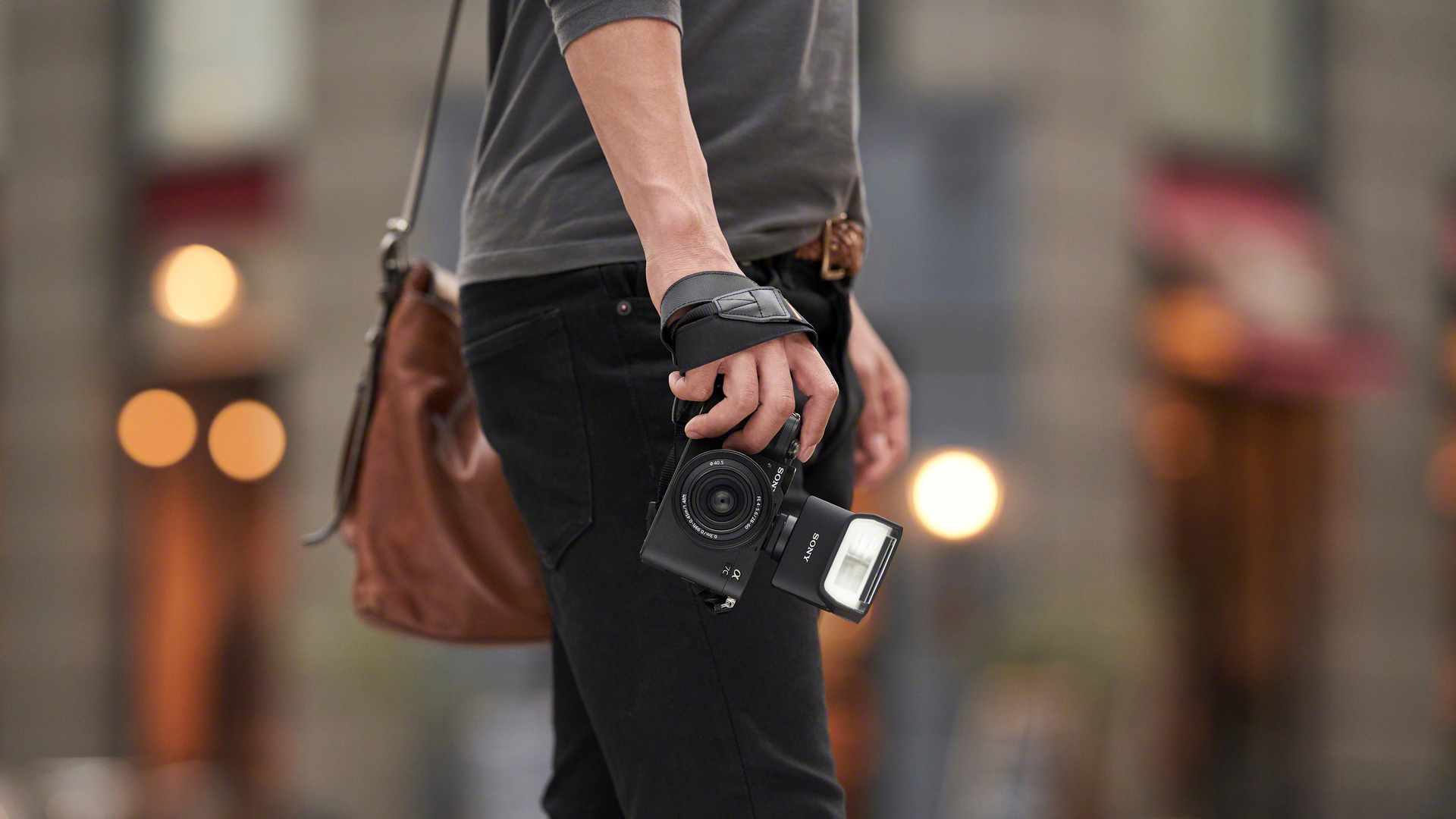
Sony has become one of the biggest names in the mirrorless digital camera market, offering amazing options for all budgets. You can take a look at our list of the best Sony cameras to get a good idea of how diverse the company’s portfolio is. Recently, Sony brought a new addition to their full-frame camera repertoire — the Sony Alpha A7C, and it might be the best option for many of you.
To put it simply, the Sony Alpha A7C is pretty much a smaller version of the A7 III. The A7C keeps most of the great features that made the A7 III one of the most popular mirrorless cameras, but it manages to cut down on size, weight, and most importantly, price.
The Sony Alpha A7C can be used by photo enthusiasts, experienced hobbyists, and professionals alike. The reasons that make this an enticing digital camera are plentiful, so let’s dig into the details and see if it checks out all the boxes for your needs.
Also read: These are the best mirrorless cameras currently available
Sony Alpha A7C Design
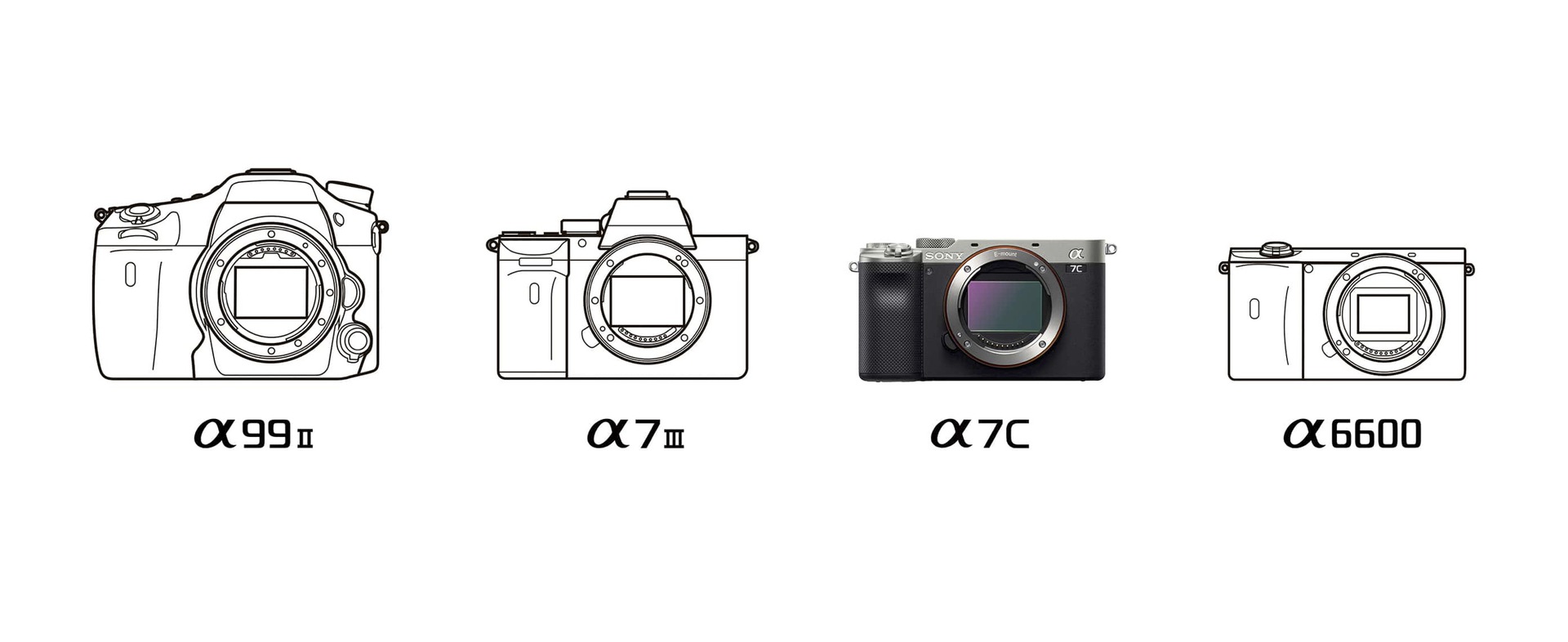
- 124.0 x 71.1 x 53.5mm (body only)
- 424g (body only)
- Magnesium alloy construction
- Weather-sealed for water and dust
The Sony Alpha A7C is all about undercutting the competition in size and weight while keeping up with the high standards for a full-frame camera. As you can see in the comparison image above, the A7C is more similar in size to the APS-C A6600. Sony claims the A7C is the lightest and smallest full-frame mirrorless camera with in-body stabilization. It’s 19% smaller and 22% lighter than the A7 III.
Despite being more compact, the camera is meant to take a pretty good beating. The unit is made with a monocoque construction based on supercar and airplane designs. This ensures a sturdy build, and the magnesium alloy sections make for a more premium feel. Weather sealing is a great addition when you need to shoot in unfavorable conditions too.
Sony is known for making very solid cameras, and this is no exception. However, while some people will love the smaller size, some may find it inconvenient. Surely, the grip won’t be as comfortable as it is with the Sony A7 III. Some also don’t like that the viewfinder has been tucked away in a corner, as opposed to the protruding center section in the A7 III’s top.
Everything is tighter in the Sony Alpha A7C. Some of you might prefer sacrificing the portable body for the better ergonomics of the A7 III. Additionally, a smaller body might be inconvenient once you attach large glass to the front. Just something to keep in mind!
Sensor
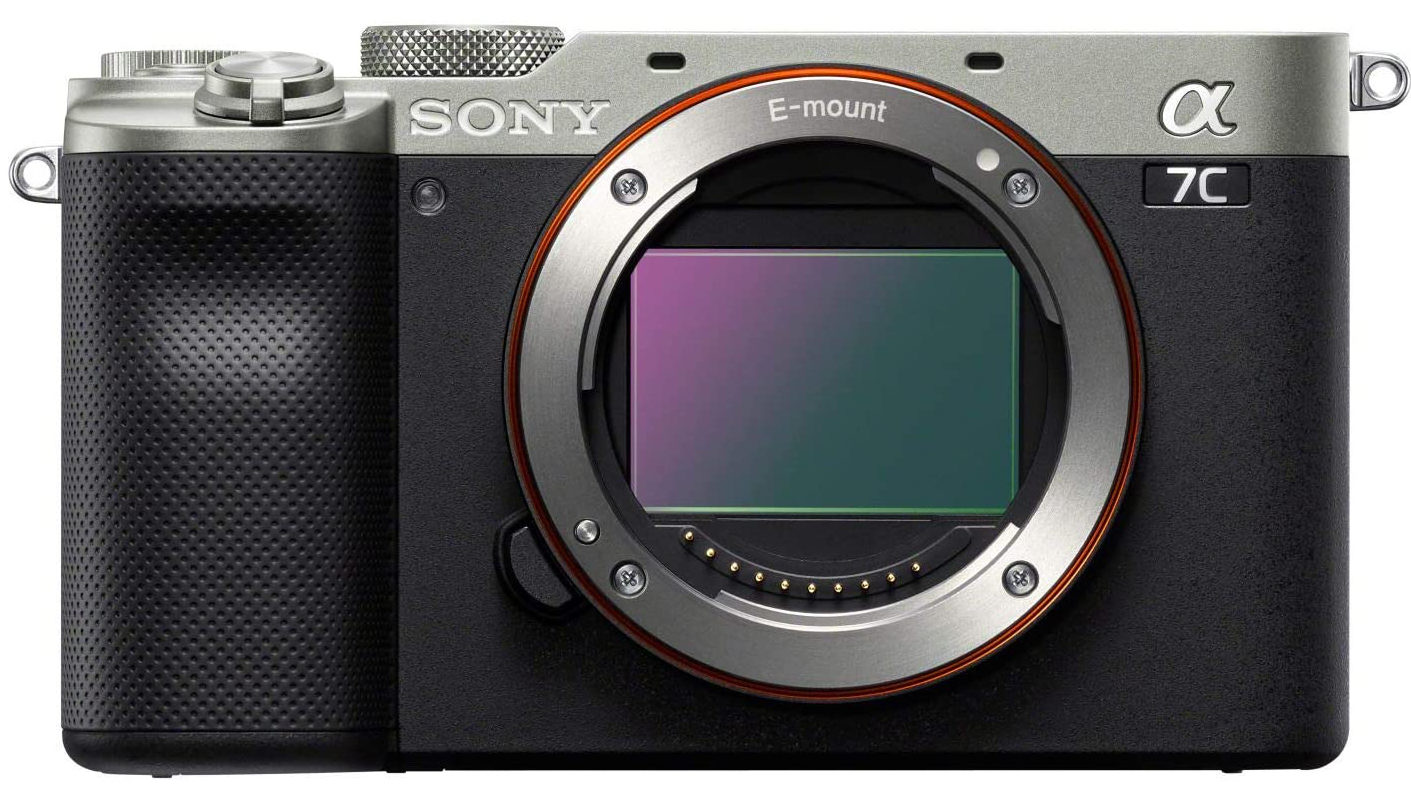
- 24.2MP full-frame Exmor R CMOS sensor (35mm)
If the Sony Alpha A7C is to be a smaller version of the A7 III, it needs the same sensor, and it sports exactly that. The tried-and-trusted full-frame sensor found on the A7C will perform amazingly, thanks to the powerful Bionz X processor. It can produce gorgeous imagery, and its 15+ stops of dynamic range will ensure detail is superb in both the shadows and highlights. This is also what makes it a great low-light shooting contender. Not to mention it increases the bokeh effect many of you love so much.
Mount
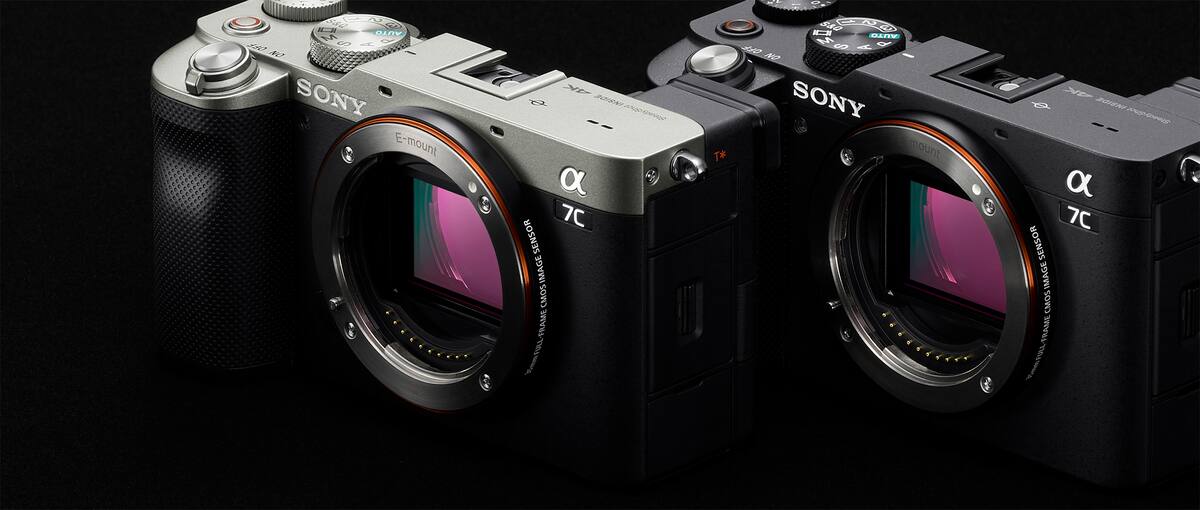
- E-Mount
As expected, the Sony Alpha A7C comes with the E-Mount. This standard allows them to produce smaller glass when compared to Sony’s older A-Mount. The company can do this by removing mechanical aperture and focus elements, shortening the flange focal distance, and reducing the radius of the flange. The flange is the mounting mechanism or ring.
The collection of Sony E-Mount lenses continues to grow and now users have over 50 options to pick from. Third parties like Tamron and Sigma are there to help out, and adapters are an option too.
Autofocus
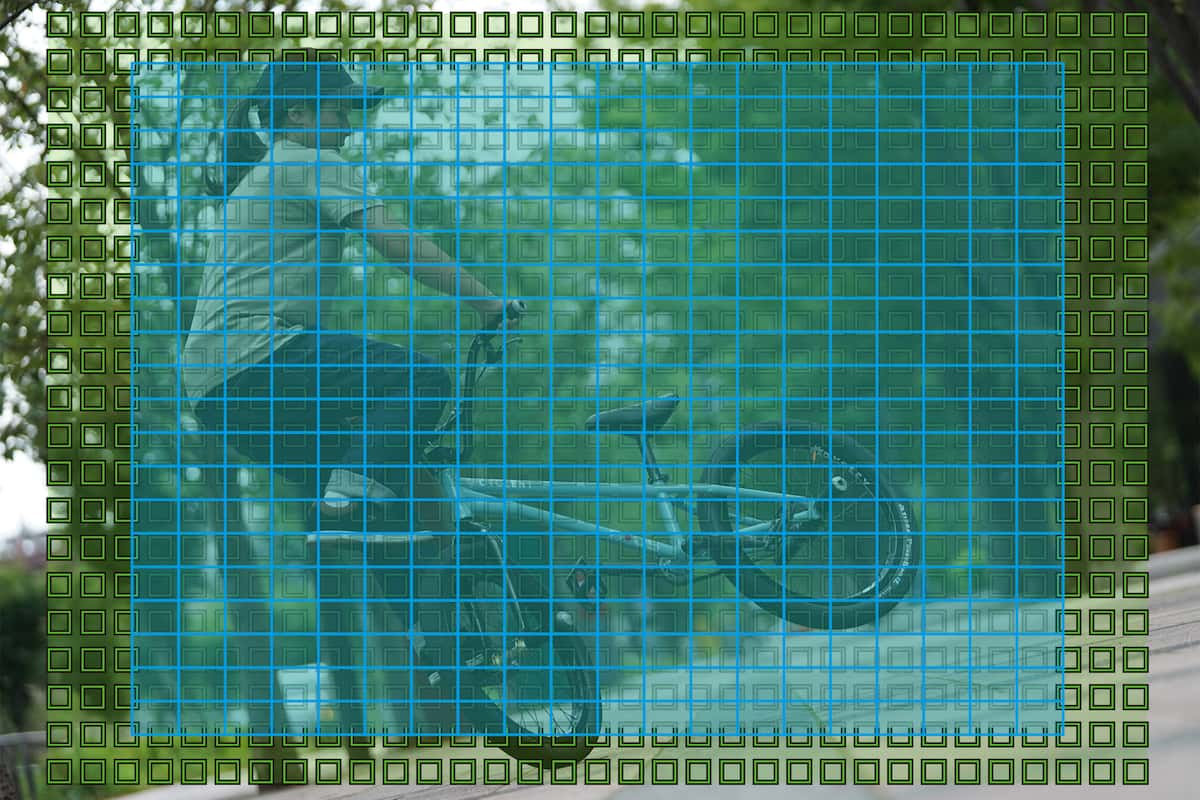
- Hybrid autofocus (phase-detection AF / contrast-detection AF)
- 693 phase-detection points
- 425 contrast-detection points
- Face and eye autofocus (works on humans and animals)
- EV-4 to EV20 focus sensitivity range
Sony is well-known for its autofocus technology. Their cameras perform amazingly in this department, and the A7C is not falling behind; in fact, it’s a little ahead of the curve.
The Sony A7C comes with an identical AF system when compared to the A7 III, but Sony has better software running on the newer camera. The new focusing algorithm is the same as the one you will find on the A7S III.
EV-4 focus sensitivity also ensures you can focus once it gets darker — something many other cameras have issues accomplishing. You will enjoy great speed, as well as additional features that will help you stay in focus whenever shooting humans or animals. Face and eye autofocus work together to keep your subject sharp. The 693 phase-detect focusing points cover 93% of the image, ensuring you can focus on almost any part of the frame.
Related: The best DSLR cameras
Image stabilization
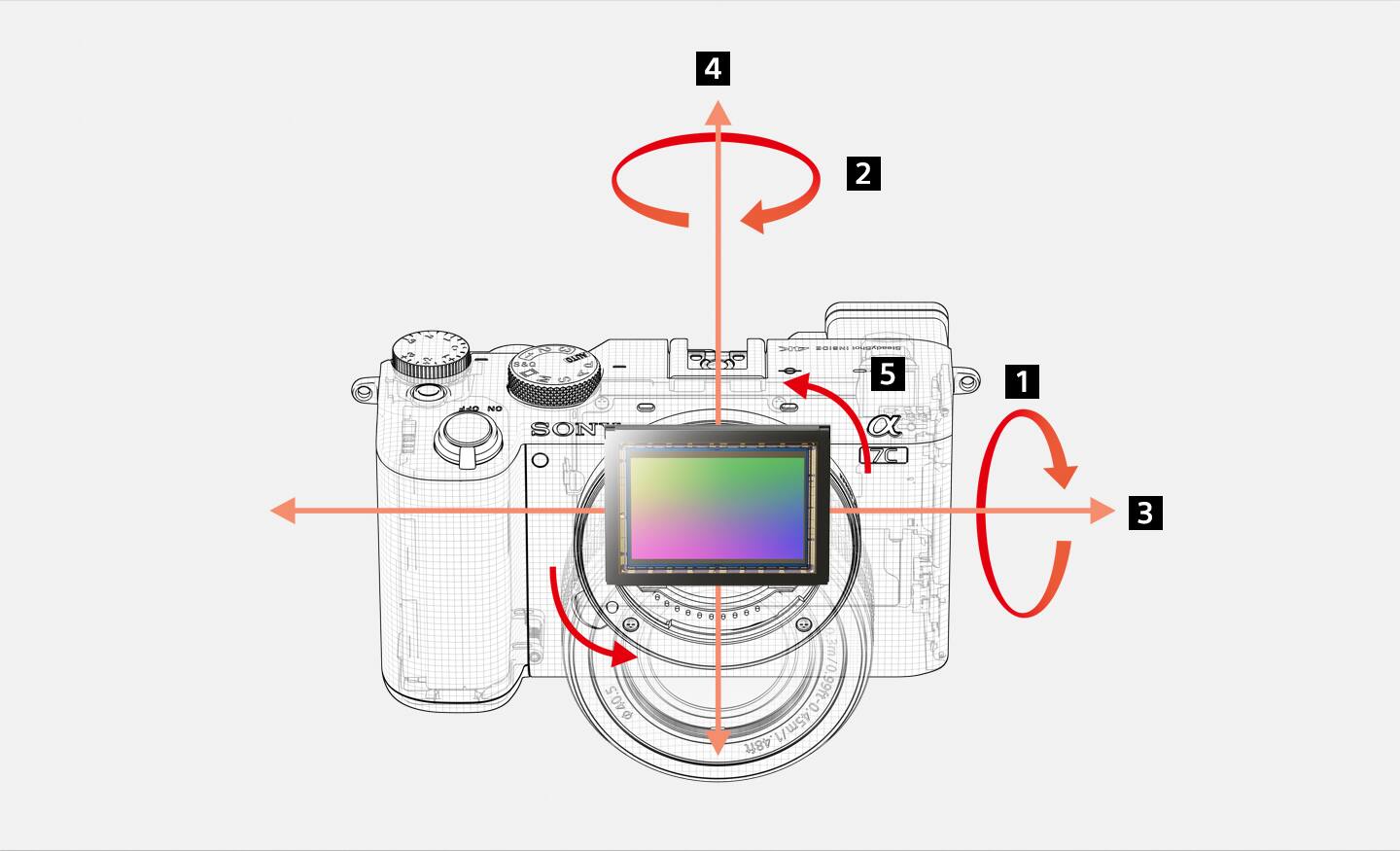
- 5-axis body image stabilization
Shaky hands are a problem when hand-holding a camera, but Sony has a pretty good solution to help with the issue. Their in-body image stabilization will compensate for movement in pitch, yaw, horizontal, vertical, and roll. It’s rated for 5 stops of compensation. This means you could slow the shutter speed down by 5 stops and get an image just as clear. Some Sony lenses come with optical image stabilization, which should also help.
Sony Alpha A7C photography shooting capabilities
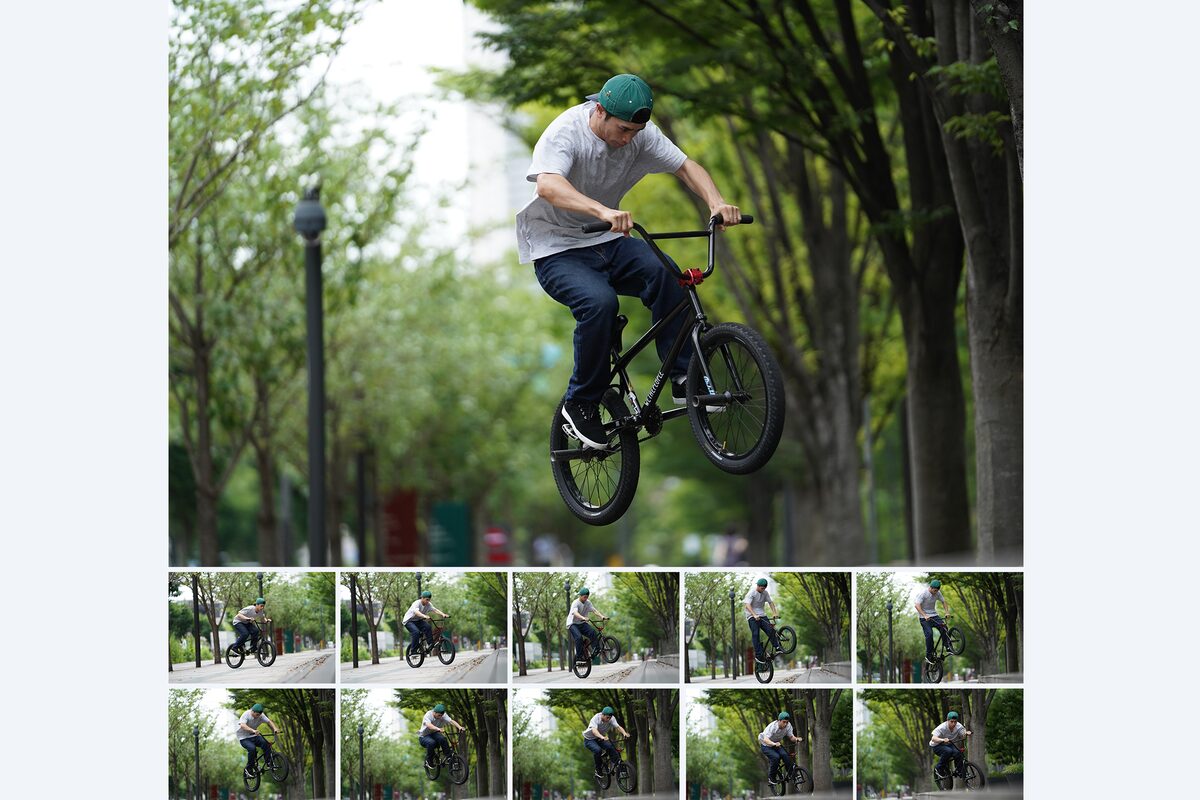
- 24.2MP images
- 15+ stops of dynamic range
- 680 pictures per battery charge (viewfinder)
- 740 pictures per battery charge (screen)
- 10fps burst shooting
The Sony Alpha A7C offers identical photo shooting specs to the A7 III. This means it will take amazing 24.2MP images. ISO ranges between 100 and 51,200, natively. Sony’s back-side illuminated sensor, wide dynamic range, and stabilization make it possible to get great quality shots in dark environments, and quality is even higher with more light available.
Another advantage of the A7C is that it can shoot up to 740 images per charge, which is slightly higher than the A7 III’s 710. The touchscreen and advanced autofocus system will make shooting active subjects easier too. This is the case when capturing humans or animals, which you can use face/eye autofocus with. Here are some image samples provided by Sony, so you can get a better understanding of what the camera is capable of.
Video shooting capabilities
- 4K@30fps (4:2:0, 8 bit, NTSC)
- 4K@24fps (4:2:0, 8 bit, NTSC)
- 4K@25fps (4:2:0, 8 bit, PAL)
- FHD@120fps (4:2:0, 8 bit, NTSC)
- FHD@60fps (4:2:0, 8 bit, NTSC)
- FHD@30fps (4:2:0, 8 bit, NTSC)
- FHD@24fps (4:2:0, 8 bit, NTSC)
- FHD@100fps (4:2:0, 8 bit, PAL)
- FHD@50fps (4:2:0, 8 bit, PAL)
- FHD@25fps (4:2:0, 8 bit, PAL)
- Slow & quick motion NTSC mode: 1fps, 2fps, 4fps, 8fps, 15fps, 30fps, 60fps, 120fps
- Slow & quick motion PAL mode: 1fps, 2fps, 3fps, 6fps, 12fps, 25fps, 50fps, 100fps
- HLG, SLog-3, S-Log2 video profiles
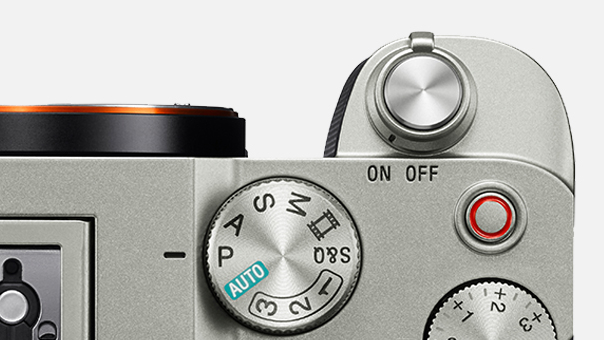
The newer camera has no video recording time limits. Other upgrades include a blue peaking color option, live streaming support, and the ability to save videos in NTSC and PAL simultaneously. If it makes a difference to you, the video recording button has also been moved to the top of the camera, as opposed to being on the back.
Related: 10 best filmmaker apps for Android
View finder and display
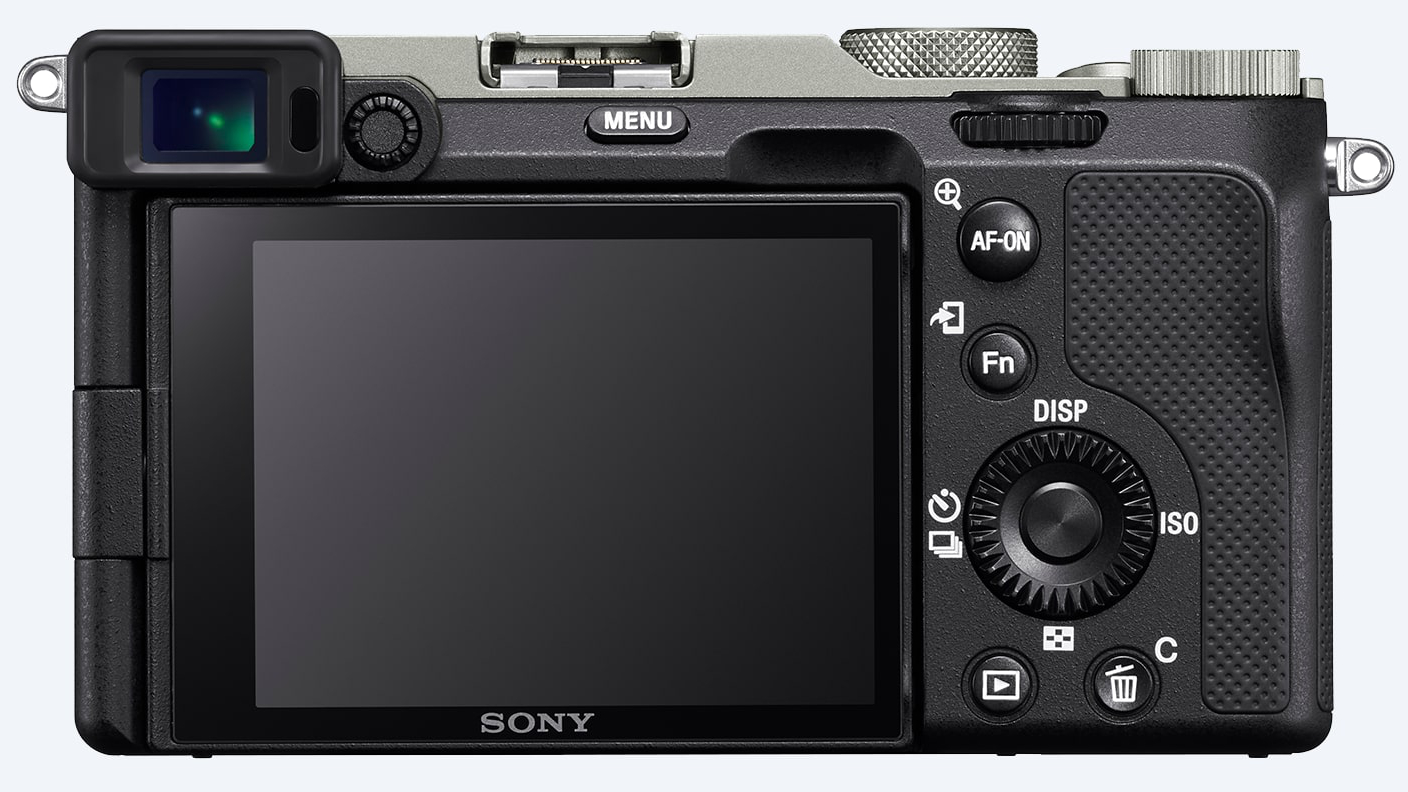
- 0.39-inch viewfinder with 2,359,296-dot definition and 0.59x magnification
- 2.95-inch touchscreen display with 921,600-dot definition
Here’s one area Sony decided to skimp on. The A7C’s viewfinder may have a similar definition to the A7 III’s, but magnification is lower at 0.59x, as opposed to 0.78x. It’s also smaller and tucked away in a corner, where many believe it’s less comfortable to shoot with.
On the other hand, the Sony Alpha A7C has the upper hand when it comes to the display. It has a fully-articulating screen that can be flipped around, viewed from any angle, and accommodate to any shooting position. Sadly, the screen definition isn’t great, but it’s not a deal-breaker either. We just wish it had been upgraded.
Ports and connectivity
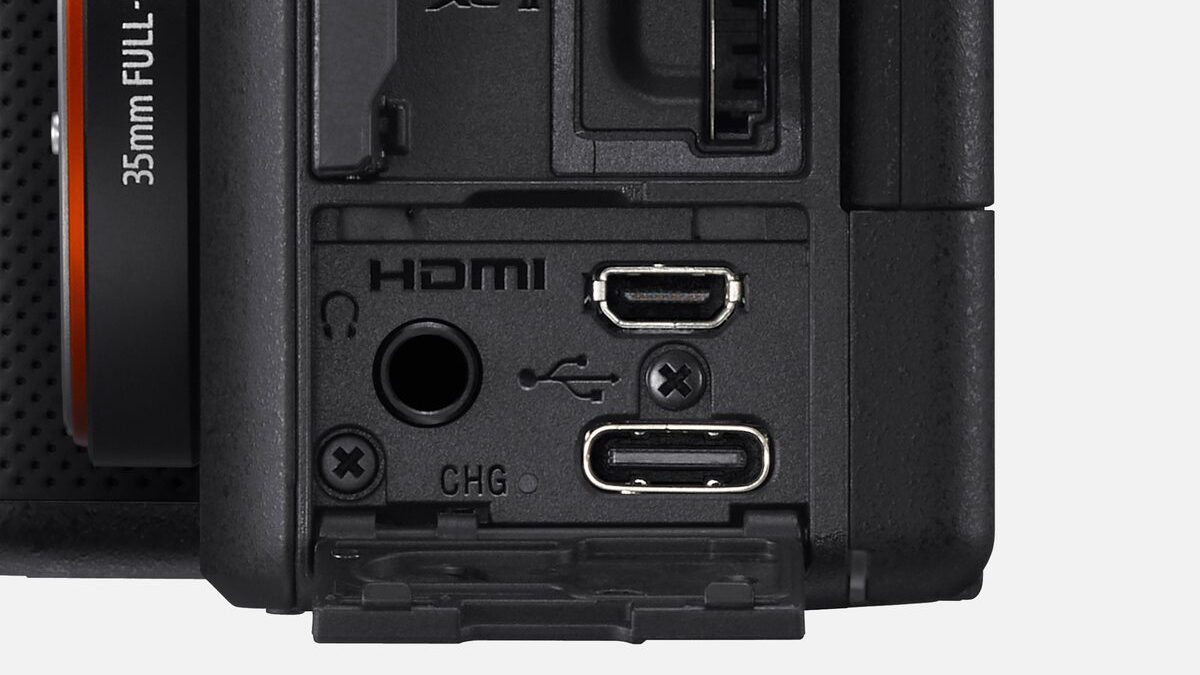
- Single SD card slot (UHS I and II)
- Multi-interface shoe with audio support
- 3.5mm microphone
- 3.5mm headset
We can’t complain much about the selection of ports and connectivity on the Sony Alpha A7C, but there’s one caveat. This camera has a single, lonely SD card slot, which may be a deal-breaker to many of you. It’s likely the camera’s biggest flaw, and it leaves it out of consideration for many professionals.
If you still want this camera, consider getting a reliable SD card. Check out the link below to find our favorite picks.
Sony Alpha A7C pricing

You can buy the Sony Alpha A7C for nearly $1,800, for the body alone. That’s about usually $200 less than the A7 III, but sometimes you can find the A7 III on sale and get it for less than the A7C.
As mentioned above, you will have to settle with a single SD card and a less ergonomic body. If you are willing to part with said A7 III benefits, the A7C offers a fully-articulating screen, improved autofocus, some extra video features, and a slightly more portable body.